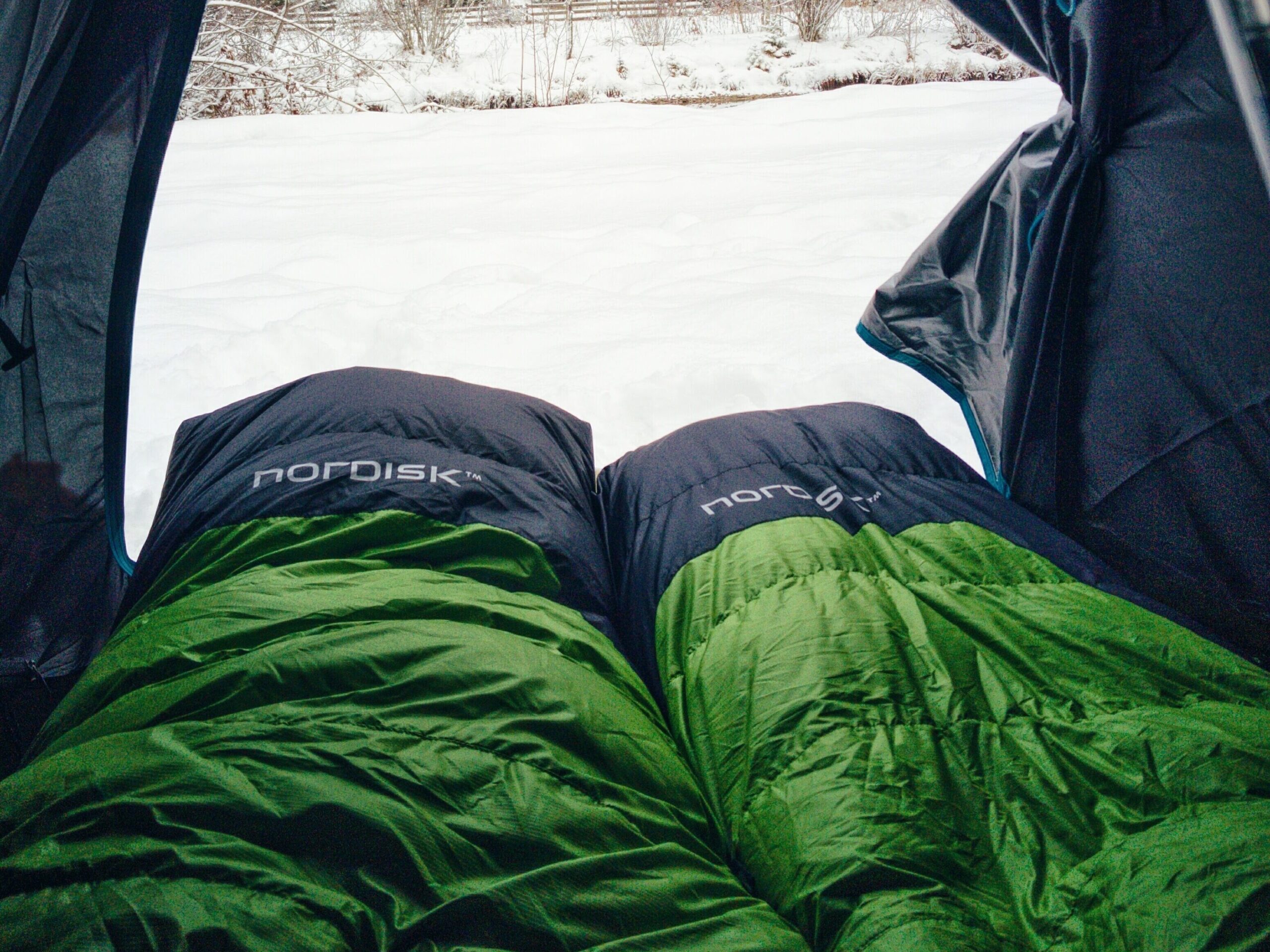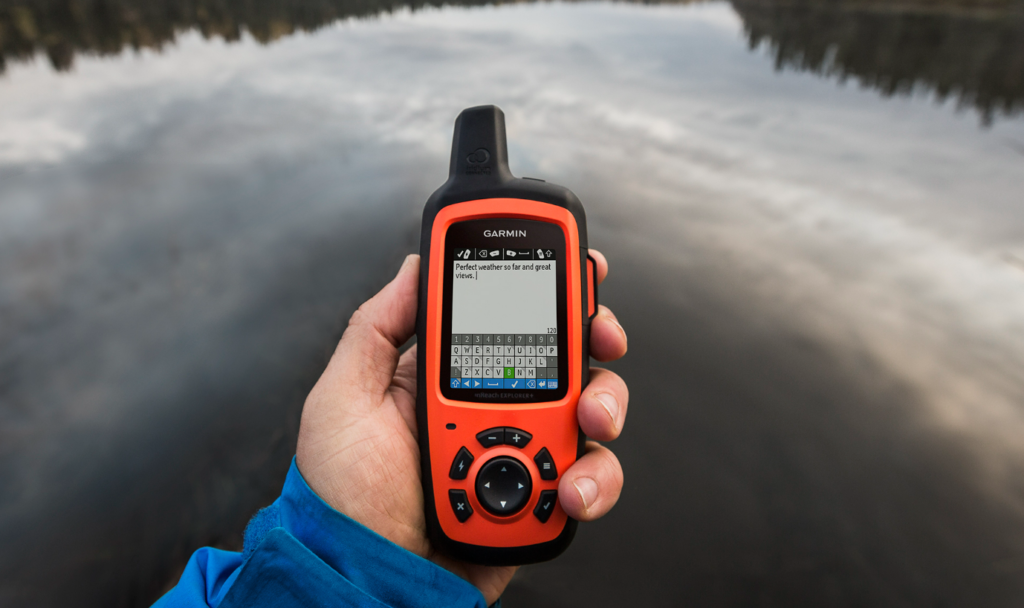Trekking Essentials Items to Carry – Trekking Cougars
Listed below are some pieces of gear that are absolutely necessary for outdoor activities like hiking and camping, and you should seriously consider bringing them with you.
Tent or shelter: When camping, you absolutely need to have a tent or shelter of high quality. You want to make sure that it is not difficult to set up and that it can withstand the elements in the area where you plan to go camping.

Sleeping bag: It is important to invest in a sleeping bag of high quality so that you can remain warm and comfortable throughout the night. Pick a sleeping bag that can keep your body at a comfortable temperature no matter where you go camping.

Pad for sleeping: A pad for sleeping offers both cushioning and insulation against the cold and hard ground. It is essential to select a pad that satisfies both your comfort needs and the requirements of the ground you will be camping on.

Backpack: In order to transport all of your gear and supplies while hiking, you are going to need a backpack that has a sturdy but comfortable frame and enough space.

A system that filters water is essential for outdoor activities like hiking and camping, where you need access to clean water. It is possible to make water obtained from natural sources suitable for human consumption by using a water filtration system, such as a water filter or water purification tablets.

Cooking equipment: In order to cook food while camping, you will need a portable stove, fuel, and cooking equipment such as a pot, utensils, and plates/bowls.

Lighting: A headlamp or torch is necessary for navigating around the campsite at night as well as for any activities that take place early in the morning or late in the evening.

A first-aid kit: It is essential to be prepared for unexpected circumstances by stocking your home with a first-aid kit that includes essential items such as bandages, antiseptic, and pain relievers.

Tools for navigation: During your hike, it is essential to have a map, compass, or GPS device in order to navigate and ensure that you remain on the appropriate path.

Attire and footwear: Having the right attire and footwear is absolutely necessary for outdoor activities like hiking and camping. Dress in layers, and select fabrics that wick away moisture from the skin, for optimal comfort. Choose a pair of shoes or boots that is not only comfortable but also long-lasting and has good traction.

Sun protection: Wearing a hat, sunglasses, and sunscreen are important ways to protect your skin and eyes from the sun’s potentially damaging ultraviolet rays.

Insect repellent: Depending on the region in which you will be hiking and camping, it may be necessary to bring insect repellent with you in order to ward off mosquitoes and other insects.

Knife or multi-tool: When it comes to completing a variety of tasks, such as cutting rope, opening cans, or preparing food, a knife or multi-tool can come in very handy.

Shelter in an emergency: In the event of unforeseen weather conditions or other emergencies, a lightweight emergency shelter such as a space blanket or bivy sack can provide protection from the elements.

Communication device: Depending on how remote your walk is, a communication device like a satellite phone or a personal locator beacon (PLB) can be essential in the event of an emergency or if you need to call for assistance.

Trekking poles: Trekking poles provide additional support and stability while trekking, particularly on uneven terrain or steep inclines. Trekking poles can be purchased at most outdoor sporting goods stores. They have the additional benefit of lowering the strain placed on your knees and legs.

System for hydration: It is essential to maintain proper hydration while hiking, so you should think about bringing a system for hydration with you, such as a hydration bladder or water bottles that are simple to access and use.

Repair kit: In the event that any of your gear becomes damaged or requires repair, you may find it helpful to have a small repair kit on hand. This kit should contain items such as duct tape, a needle and thread and additional tent stakes.

Items for personal hygiene: It is important to stay clean and fresh during your trek, so pack some items for personal hygiene like hand sanitizer, wet wipes, and a small towel. Also remember to bring a small towel.

Cash and identification: When going on a walk, it is essential to have cash and identification on hand in case of any unforeseen circumstances or in the event that you need to make purchases along the way.

Compass and map: Being able to navigate while hiking requires you to have both a compass and a map, as well as the knowledge of how to use them. This is especially important if you are in an unfamiliar or remote area.

Extra batteries and devices that charge them Bring along some spare batteries as well as a power bank to ensure that you will always be able to charge your electronic devices, such as your smartphone or headlamp.

Trash bags: Bring trash bags with you so that you can pack all of your trash out with you and leave no trace behind.

Don’t forget to check the forecast for the day, make your plans based on that, and bring clothing and equipment that are appropriate for the weather. It is essential that you take into consideration the length of your walk as well as the quantity of food and water that you will need to bring with you. Be sure to pack enough supplies to enable you to survive on your own, but don’t bring so many that your pack becomes unmanageably heavy or cumbersome.
When going on a walk, it is important to remember to pack your belongings methodically and to distribute the weight evenly so that you do not experience any discomfort or risk of injury. Adjust your gear so that it is appropriate for the climate and topography of the area through which you will be hiking by keeping an eye on the forecast. In conclusion, always put the Leave No Trace principles into practise and remember to bring all of your trash with you when you leave an area.
Keep in mind that it is critical to select high-quality gear that is not only long-lasting but also easy to carry, not to mention appropriate for the environmental challenges you will face on your hike. Make sure that all of your gear is tried out before your trip, both to ensure that it is in good working order and to familiarise yourself with how to use it.

Keep in mind that you should always remember to pack lightly and bring only the essentials. Make a checklist of everything you’ll need for your trip, including the supplies and gear, well in advance of it, and go over it carefully just before you leave.





